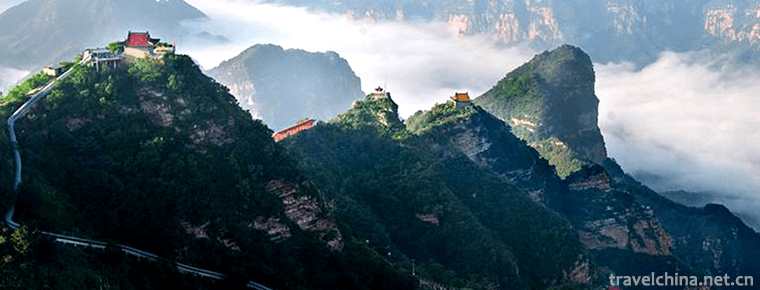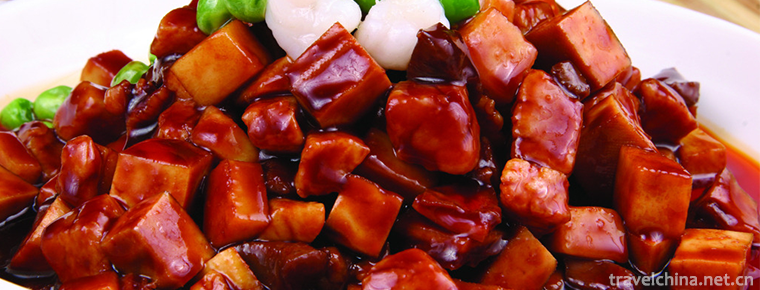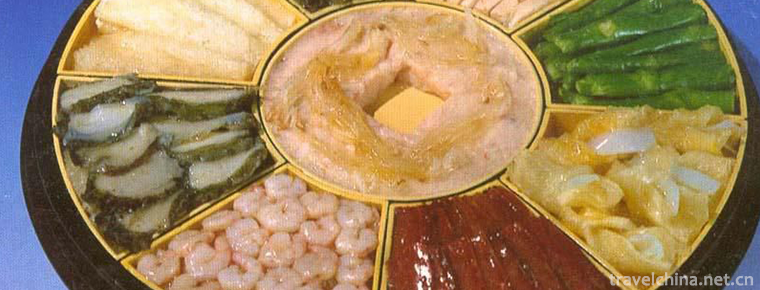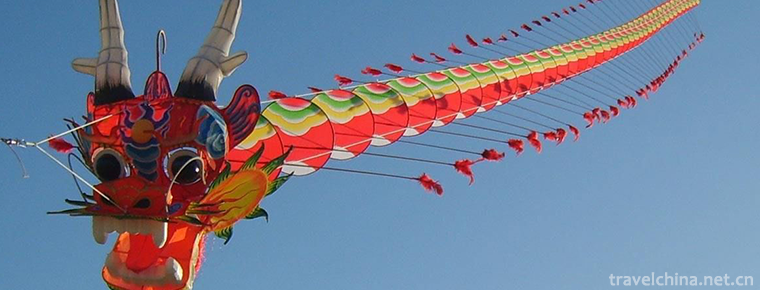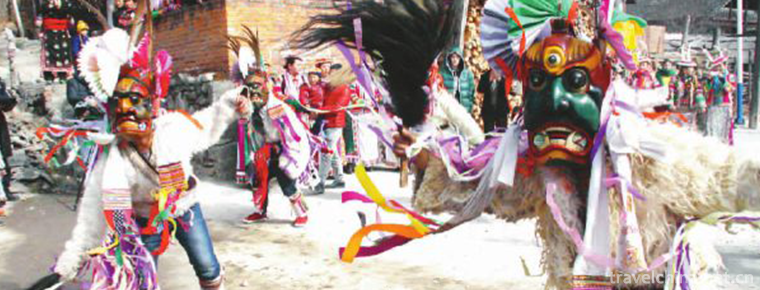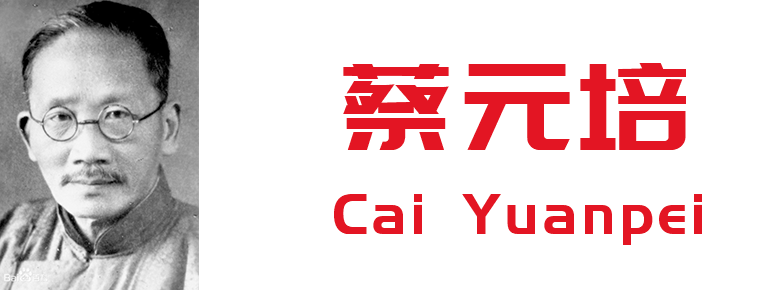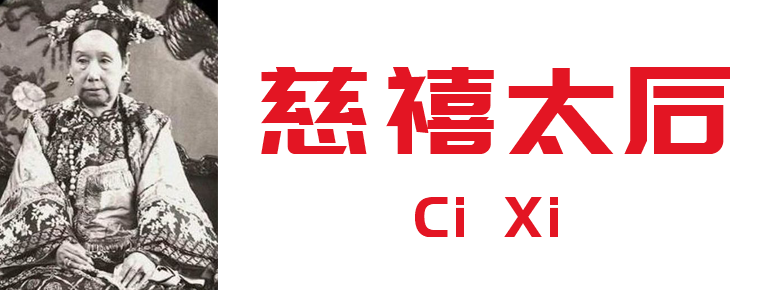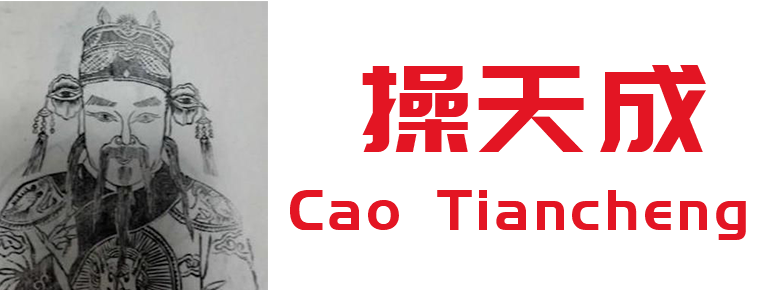Huangzhong embroidery
Huangzhong embroidery
Huangzhong heap embroidery is a kind of art that uses the techniques of "shearing" and "heap" to create images. It is mostly used in Tangka production, with Tibetan Buddhist themes as its main content. The piling embroidery in Huangzhong County has a history of more than 600 years. The piling embroidery in the Tar Temple in Huangzhong County is a treasure of Tibetan Buddhist art. It is known as one of the three greatest Arts in the Tar Temple and is well known.
On June 7, 2008, Huangzhong Pile Embroidery was approved by the State Council to be included in the second batch of national intangible cultural heritage list.
Brief introduction of embroidery
Huangzhong heap embroidery has a history of more than 600 years. It is created and inherited by the Han and Tibetan people in Huangzhong County. It combines national culture and folk art into a furnace and has great value. It combines relief and embroidery skillfully, and has high value of Arts and crafts and aesthetic value.
This is the county's tall temple butter flowers, Canadian Tibetan carpet weaving skills, Huangzhong peasant paintings, 1000-family camp platforms, but West Dewa village after the ancient game, the county's cultural skills were once again included in the provincial cultural heritage list. So far, the county has been included in the provincial intangible cultural heritage list of seven projects, including Tar Temple butter flowers and Jiaya Tibetan carpet weaving skills were also included in the national intangible cultural heritage list.
Origin of embroidery
Tangka heap embroidery has strong nationality and religion. Will it make the market of heap embroidery broader if it is used as the craftsmanship of Tangka heap embroidery to make crafts with rich life flavor? Therefore, she tried to use the composition and color matching techniques of traditional Chinese painting to enrich the themes of heap embroidery. A series of heap embroidery crafts developed soon attracted a large number of customers.
Traditional Tangka heap embroidery is different, heap embroidery handicraft is cut into various patterns and shapes by various colors of cotton, silk and satin, carefully stacked and pasted into a complete picture. The process includes pattern design, cutting, stacking and coloring of individual patterns. Generally speaking, the main part of pattern design is customer demand. Sketching is the most important step to consider the artist's painting skills. After the pattern design is completed, all kinds of cloth are cut and glued better than the pattern, and then filled with wool or cotton to make the pattern protrude. Finally, all kinds of cloth patterns are stacked on the designed large-scale cloth mantle to form a complete set of pictures, so as to achieve a static, vivid and lifelike situation. Make the picture rich and vivid three-dimensional sense and fabric unique texture sense, achieve the artistic effect of shallow relief, rich expression. The works are exquisite in roughness, wonderful in every drop, exquisite in skill and ingenuity. A pile of embroidery can be said to be a silk color relief work, which has great artistic and ornamental value.
Inheritance of embroidery
Since 2008, under the arrangement of Sunshine Office and Poverty Alleviation Office in Huangzhong County, the Tibetan Culture and Art Vocational School in Huangzhong County has successively held piling embroidery training classes for rural women in Zhenyi and Geercun villages in the western part of Huangzhong County, Gonghe Town, Xizhuang Village and Nancun villages, etc. The vocational and technical school in Huangzhong County of Qinghai Province has offered arts and crafts classes, inviting art monks from Buddhist monasteries to come to school classes for local farmers. The children taught Tangka and embroidery production techniques, which were welcomed by local farmers. Farmer women's embroidery works were purchased by Shengyu Cultural Communication Co., Ltd., a subsidiary of Huangzhong Tibetan Culture and Art Vocational School. More than 200 rural women in the county have been trained in embroidery technology.


-
Twicecooked pork slices
Twice cooked pork is a traditional dish of Sichuan.
Views: 194 Time 2018-10-12 -
Jiulian mountain
Jiulianshan Scenic Spot is located in Songshuping Village, Shangbali Town, Huixian City, Xinxiang City, Henan Province. It belongs to the south foot of Taihang Mountain.
Views: 177 Time 2018-12-22 -
White Horse Temple Baima Temple
Baima Temple is located in Baima Temple Town, Luolong District, 12 kilometers east of the old city of Luoyang City, Henan Province. Founded in the eleventh year of Yongping in the Eastern Han Dynasty .
Views: 179 Time 2019-01-02 -
Eight Delicacies in Hot Sauce
Babao chili sauce is a famous traditional dish in Shanghai, with bright color and spicy fragrance. It is improved from fried chili sauce. "Babao chili sauce" tastes hot, fresh and slightly s.
Views: 201 Time 2019-03-25 -
Eight Immortals Crossing the Sea Make Arhats
Eight Immortals Crossing the Sea and Arhat is a famous dish, which belongs to Confucian cuisine. Various raw materials, rich and fresh soup, beautiful color, such as eight immortals and Luohan.
Views: 263 Time 2019-03-27 -
Kite making skills
Kite making skills, Weifang City of Shandong Province, Nantong City of Jiangsu Province, Lhasa City of Tibet Autonomous Region, Beijing, Tianjin and other local traditional skills, one of the national.
Views: 119 Time 2019-04-29 -
Jumping Cao Gai
Caogai jumping is prevalent in Baima Tibetan area of Pingwu and Nanping counties. It is held on the sixth day of the first month of the lunar calendar every year. Cao Gai is a Baima Tibetan phonetic t.
Views: 101 Time 2019-06-21 -
Jihua Temple Music
The music of Zhihua Temple and Beijing originated from the music of court etiquette in Ming Dynasty. It is the only kind of music inherited from generation to generation in China's existing ancient mu.
Views: 176 Time 2019-08-03 -
Cai Yuanpei
Cai Yuanpei (January 11, 1868 - March 5, 1940), word crane Qing, also the word Zhong Shen Cai Zhen, Zhou Ziyu, Han nationality, Shanyin County, Shaoxing Prefecture, Zhejiang (now Zhejiang). Shaoxing (.
Views: 180 Time 2019-09-06 -
Empress Dowager Ci Xi
Ci Xi (November 29, 1835 - November 15, 1908) is the queen of Xiao Qin chin. Yehiel Bernard La Shi, Xianfeng Emperor Concubines, Tongzhi Emperor The birth mother. Important in late Qing Dynasty Politi.
Views: 251 Time 2019-09-07 -
Cao Tiancheng
Cao Tian Cheng, Sui Dynasty people. According to the history of Sui Dynasty in the twenty four histories, Cao Tian is also known as "Tiancheng". Ask for advice Bo Yang, Jiangxi. At the end o.
Views: 203 Time 2019-09-14 -
Neijiangs location
Neijiang City is located in the southeast of Sichuan Basin and the middle of the lower reaches of Tuojiang River. Chongqing in the East, Chengdu in the west, Zigong, Yibin and Luzhou in the south, Ziyang and Suining in the north. Its geographical location.
Views: 339 Time 2020-12-16

